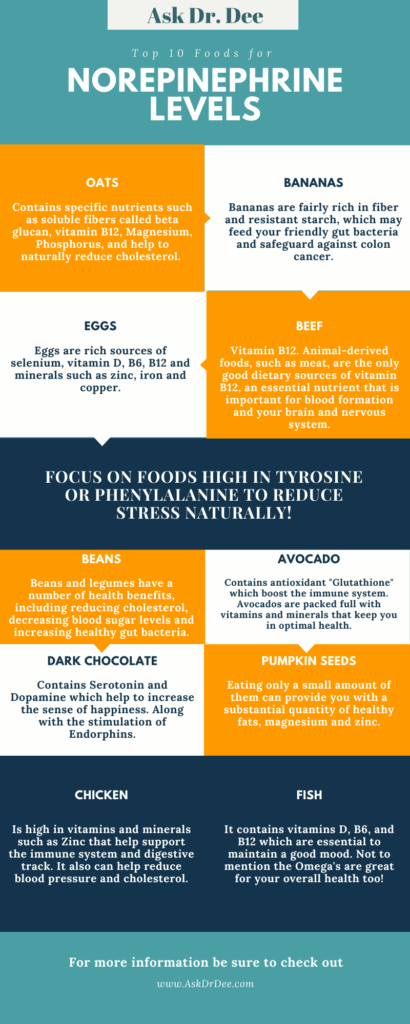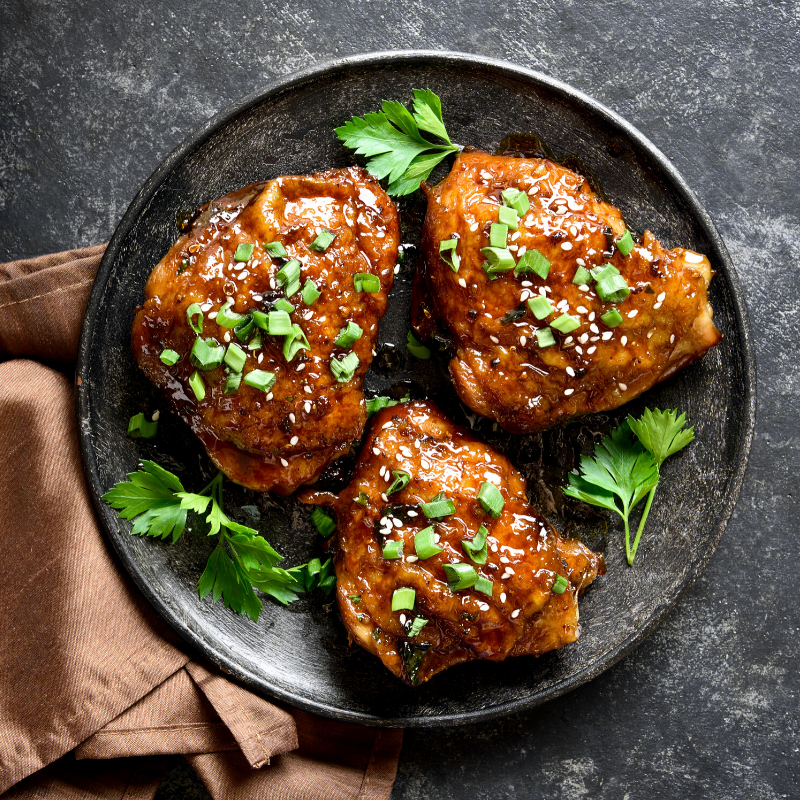Have you been burning the candle at both ends? While you may think that you are getting more accomplished in a shorter period of time, you may want to think twice before doing it. It turns out, when we push ourselves past the brink or even right up to the edge we are playing with more than just fire. Let’s be honest, we all have what at times feels like a never ending to do list. Sometimes the temptation to shove as much work into those small windows of time can be too good to pass up. Unfortunately, this can trigger a negative chain of events that can end up costing you more than you thought.

A little Goes A Long Way
Stress is actually part of our bodies natural defense. In situations where our lives are in danger the brain will activate the release of Cortisol. Cortisol is one of the hormones that is released in response to stress. While Cortisol is mainly known for its involvement in the body’s response to stress it also serves other purposes. Cortisol assists in the regulation of blood sugar levels, balancing metabolism, reducing inflammation, and even in the formation of memories. Its natural effects on water and salt balance, make it ideal for aiding in the regulation of blood pressure. In women, Cortisol also plays a key role in the development of the fetus during pregnancy. When our levels become out of balance it can present itself in a number of ways.

The Unknown Stress Hormones
While Cortisol plays a significant role in the body’s response to stress there are a few other key hormones that regulate stress levels: Epinephrine, Norepinephrine, and Corticotropin-Releasing Hormone. Epinephrine is more commonly associated with pain management. Norepinephrine on the other hand plays a role in the sleep-wake cycle, helping you to wake up, in increasing attention and focusing on performing a task ,and in memory storage. It also increases blood pressure and helps break down fat and increase blood sugar levels to provide more energy to the body. Problems with norepinephrine levels are associated with depression, anxiety, post-traumatic stress disorder and substance abuse. Bursts of norepinephrine can lead to euphoria (very happy) feelings but are also linked to panic attacks, elevated blood pressure, and hyperactivity. Low levels can cause lethargy (lack of energy), lack of concentration, attention deficit hyperactivity disorder (ADHD), and possibly depression.

Get To Know Norepinephrine
Norepinephrine also called noradrenaline is both a hormone, produced by the adrenal glands, and a neurotransmitter, a chemical messenger which transmits signals across nerve endings in the body. Norepinephrine is produced in the inner part of the adrenal glands, also called the adrenal medulla. The adrenal medulla also makes adrenaline (also known as epinephrine). Norepinephrine, adrenaline and dopamine belong to the catecholamine family. Adrenal glands are making primarily adrenaline and most of the norepinephrine in the blood comes from nerve endings. It plays a role in your mood and ability to concentrate. Together with other hormones, norepinephrine helps the body respond to stress and exercise.

Too Much Of A Good Thing
Some of the signs and symptoms that can indicate excess levels of stress are: feeling overly alert yet exhausted, difficulty falling and or staying asleep, feeling anxious or nervousness, easily irritated, memory lapse, easily distracted, craving sugar, weight gain (especially around the waist), indigestion, GERD and other digestive issues, as well as skin issues such as eczema or psoriasis. The unfortunate reality is that we all display at least one, if not multiple, of these signs and symptoms. Due to our constant exposure to stress from looming deadlines, money woes, and even the foods we eat. We are in a near constant exposure to stressful situations. That’s why I like to approach this constant health hurdle in a number of ways: hormones, nutrition, supplements, mindset, sleep, and of course exercise.

You’ve Got A Friend In Me
I have said it before and I will say it again, hormones work together and are often linked to other hormones. Norepinephrine is one of those hormones that plays well with others. Together with adrenaline, norepinephrine increases heart rate and blood pumping from the heart. Norepinephrine and Serotonin are a great pair. These chemicals help combat antidepressant effects and have therapeutic benefits. Serotonin, also called a “feel-good” hormone, improves mood and norepinephrine improves alertness and energy. One of the benefits to playing well with others is that typically by improving one you improve others. That is why some of the foods that increase Norepinephrine also improve Serotonin levels.

Best Foods For Norepinephrine
One of my favorite ways to help people take back control of their health is with food. It’s no secret, what we put into our bodies directly determines what we can get out of them. To improve Norepinephrine you will want to grab foods with Tyrosine or Phenylalanine. Tyrosine is one of the 20 standard amino acids that are used by cells to synthesize proteins. It produces important brain chemicals that help nerve cells communicate and may even regulate mood. Phenylalanine is a precursor for tyrosine, the monoamine neurotransmitters dopamine, norepinephrine (noradrenaline), and epinephrine (adrenaline), and the skin pigment melanin. The following is a list of foods that can increase Norepinephrine:
- Bananas
- Beans & Legumes
- Chicken
- Chocolate
- Eggs
- Oatmeal
- Fish
- Avocado
- Pumpkin Seeds
- Beef

Chicken
It is lean meat, which means that it contains more amount of proteins and less amount of fat. A 100g serving of roasted chicken offers you 31g of protein, making it great for those who want to bulk up and build muscles. Apart from protein, chicken is rich in several minerals like phosphorus and calcium. Chicken has two nutrients that are great for reducing stress tryptophan and Vitamin B5. Both of them have a calming effect on your body and this makes chicken an excellent option after a stressful day. Chicken, being rich in vitamin B6, plays an important role in preventing heart attack. Vitamin B6 helps by lowering the levels of homocysteine, one of the key components linked to an increased risk of heart attack. Besides, chicken is also a good source of niacin that helps lower cholesterol, a risk factor for heart disease development.

Oatmeal
The soluble fiber in oats can help reduce LDL cholesterol levels by signaling the liver to pull that bad LDL cholesterol from the bloodstream. Additionally, more research is revealing that a type of compound known as avenanthramide (AVE) found in oats may play an important role in protecting the heart. High-fiber foods can help slow the digestion of food in the intestine, which can help to keep blood sugars from rising very rapidly. Beta-glucan, which is a type of dietary fiber found in abundance in oats, may also help improve blood sugar control. The fiber in oats can help keep you full longer and enhance satiety, which is an important weight management tool. Not only does the soluble fiber in oats help to reduce LDL cholesterol, but weight loss can lower LDL cholesterol as well which makes this a winning combination.

Pumpkin Seeds
Eating only a small amount of them can provide you with a substantial quantity of healthy fats, magnesium and zinc. They also contain a lot of antioxidants and a decent amount of polyunsaturated fatty acids, potassium, vitamin B2 (riboflavin) and folate. Pumpkin seeds are rich in antioxidants, iron, zinc, magnesium and many other nutrients. An ounce (28 grams) contains about 151 calories. Pumpkin seeds and seed oil also pack many other nutrients and plant compounds that have been shown to provide health benefits. Rich in magnesium they are important for your blood pressure, blood sugar levels, as well as heart and bone health. Pumpkin seeds are a good source of tryptophan, zinc and magnesium — all of which help promote good sleep.

Honey Mustard Curried Chicken
Gluten Free Dairy Free Serves 4
- ⅓ Cup Vegan Butter Melted
- ¼ Cup Dijon-style Prepared Mustard
- ⅓ Cup Raw Local Honey
- 4 tsp Curry Powder
- 1 Pinch Ground Cayenne Pepper
- 4 Breast Halves Boneless Skinless Chicken
- 1 tsp Turmeric Powder
Directions:
In a medium bowl combine butter, honey, mustard, curry, cayenne, and turmeric powder. Mix ingredients well. Place chicken in a 9×13 inch baking dish and pour liquid mixture over the chicken. Cover and place in the refrigerator for at least 4 hours or overnight. Preheat the oven to 375 degrees. Remove the dish from the refrigerator and bake covered for 10 minutes. Remove cover and continue to bake for 10 minutes or until chicken is cooked through. Time will vary based on thickness and size of chicken. I serve with roasted vegetables and a starch (usually quinoa or rice side dish). Enjoy!

Need A Hand?
A happy and healthy life is closer than you may think. Our health is something that we all have to deal with daily, and when we don’t feel our best, it shows. If you are tired of just making it through your day then you NEED to start investing in your health today! You are not alone on this journey. If you ever need any help I am always here to do just that. Even if it is something as small as just acting as a sounding board. Do you have any questions or concerns I can help you with? Feel free to contact me directly at [email protected] or you can even book a one-on-one call with me. Be sure to subscribe to gain access to tons of free goodies and check back daily for more great recipes and information!

